Well- here’s a full version of the letter Scott submitted to the Star-News Friday (not sure if/how it may be edited for space, if published), but we also wanted to add some context, alternative thoughts & visions to these comments.
Give HUD it’s money back!
Let’s see; the city gets $250K over 3 years ago when it applied for HUD money for its ‘Thalian Square’ project, one of the key civic priorities of the ILM Vision 2020 plan. Then our elected officials decide they don’t have the ‘political will’ to spend it where it’s really needed and want to shift it to a pie in the sky riverfront scenario on land they don’t own (Hilton lot) and an area from which the current users don’t want to be displaced (Coast Guard). Meanwhile, on our faux ‘Main Street’ at Mayfaire, developers saw fit to give a generic, ubiquitous multiplex a masonry forecourt/plaza, ornamental fountain & entry more befitting the oldest ‘grand dame’ of North Carolina’s theaters. After spending a year for a painstaking & stunning restoration of the Thalian interior, the parking lot still looks like that of a strip-shopping center. This irresponsible lack of ‘vision’ is a travesty. At least these powers that be and complacent theater goers don’t need to take an arduous walk from one of the SIX public parking decks downtown (recently built or under construction), two of which are about the same walk movie goers have to get their seats at Regal Cinemas.
On the presumption that HUD lets them keep the money, council should make appointments to see an optometrist- as Vision 2020 looks like it’s a blurry goal at best.
Scott Ogden Wilmington, NC 6/3/2011
The Riverfront Park, while not that pretty or inspired for that matter, is however pragmatic & functional as is, especially the block from Market to Princess. In its geometry, it’s so skinny that it’s merely a sidewalk version of the Riverwalk- with the only improvement possibly being more signage/etc. to inform visitors that the northern & southern wooden segments of the Riverwalk are in fact connected. Eating lunch on the courthouse steps countless times, we’ve observed how it’s used and functions; as stage (Azelia, concerts, etc.), for media events, the holiday XMAS tree, base of visiting ‘tall ships’, and for the weekly farmer’s market.
While some new thoughts for downtown are creative such as the Public Market & the parking deck/aerial bridge park from 2 years ago, the current plaza falls under that old adage- if it ain’t broke, don’t fix it! (especially when more and better areas could use it for other varied functions throughout the CBD & historic areas- another lost opportunity of focus in Vision 2020 , the ‘college green’ concept for CFCC as park & amphitheater, as it’s now a big, generic parking deck @ Red Cross & Front).
One thought we’ve kicked around (while not original- it could be really fun, educational & adaptable) is a barge or two as park/green space that could move up & down the Cape Fear Waterfront. Skinny, reclaimed industrial relics given second life as mobile green space that could be located @ the courthouse, or the convention center, or Dram Tree, or Battleship Park.….wherever necessary.
At small (30’ wide x 120’ long) & medium (50’ w. x 200’ l.) sizes [there also also micro & mega sizes!!], barges could work on a multitude of sites on the Cape Fear, mirroring full or half block lengths. They could be arranged end to end, or side by side. Some could be ‘green’ or park space, others could have amenities such as educational facilities, like NYC’s ‘science barge’- (think- Eagles Island mobile lab, tied to wetlands restoration, rice plantations, etc.). Others could be hardened or have water- for a pool and/or concerts or added event space like the ‘floating pool’, London Riverfront, etc. Some could be energy generating (with wind/solar/tidal) and even function to move plants to other locations, for living shorelines, restoration projects, etc. The Riverwalk is nice; but the opportunity to get folks back ‘on the river’ instead of over it on decks or adjacent to it on hardened bulkheads is one that should be explored.
He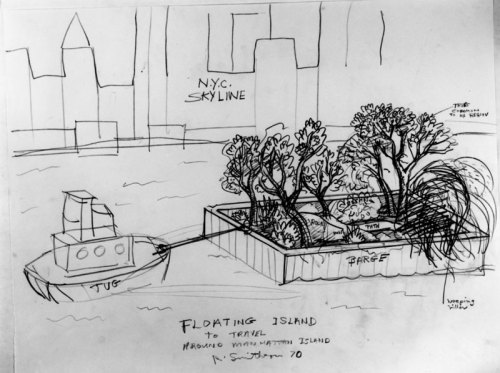 re are a few projects like this from around the US/world;
re are a few projects like this from around the US/world;
Robert Smithson’s ‘Floating Island’:
The first ‘art’ project from the man who gave us Spiral Jetty and other seminal earthworks- this park barge circled Manhattan. Took 35 years to see it’s concept come to fruition- but interesting beginnings.

http://nymag.com/guides/fallpreview/2005/art/12862/

Boston:
Barging Boston, in a 2010 proposal, talks about key concepts of these types of floating ‘adaptive reuse’ parks with the following words; Mobility, Adaptability, Economy, Industry, Tourism & Possibility. Their proposal looks at the entirety of the harbor’s edge condition from industrial to residential and tourist areas. Boston, similar to Charleston in its types and amount of harborfront, has really take big strides in renewing the greening aspects (Big Dig, etc.) to what is already a beautiful urban city with many pocket parks & waterfront amenities. http://bargingboston.com/media/bargingboston_media_shift2.html

Similarly, Seattle had a reclamation project- ‘the living barge’ in the industrial area of the Duwamish River near the main Seattle port; more something to look at as a ‘folly’ not unlike the Smithson work- but compelling too!

http://www.livingbarge.com/
On the usable side, New York City has other urban gardens & recreational structures that both demonstrate farming & ‘green infrastructure’, as well as mobile swimming & sport. The ‘science barge’ is a working greenhouse & lab that’s powered by both a solar array & wind power. It’s anchored North of NYC in Yonkers and works up and down the Hudson.
http://triflowconcepts-backtotap.blogspot.com/2011/04/water-gardens-and-urban-environment.html
http://en.wikipedia.org/wiki/Science_Barge
http://nysunworks.org/thesciencebarge

NYC also has a floating pool that moves from park to park along the East River & Brooklyn water fronts;
http://floatingpool.org/index1.htmlhttp://www.nycgovparks.org/sub_things_to_do/facilities/af_floating_pool.html
http://blog.archpaper.com/wordpress/archives/4368
http://www.cityparksalliance.org/issues-and-resources/economic-development/case-studies/fresh-off-the-barge-a-floating-farmers-market


Another thought: spend some of that $250K (a small piece?!?) for a ‘visions’ competition for the Wilmington waterfront. Multiple cities have done similar endeavors that last few years, with resounding success & building a lot more public buy-in & creativity than an engineer’s EIS report.
Copenhagen;

Again, Seattle has launched a new vision for it’s entire city’s edge with Elliott Bay & the Puget Sound by the same team that did NYC’s famed Highline. It calls for a range of urban edge interventions that tie the city back to the water with pools, event spaces, boat launches, etc.

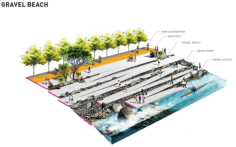
http://thesunbreak.com/2011/05/23/first-look-at-james-corners-waterfront-ring/
London- floating walkways & amenities for future 2012 Olympics along the Theme
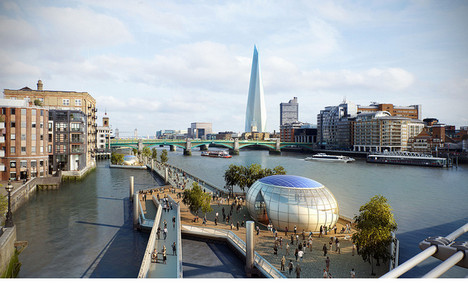

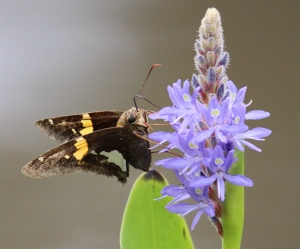
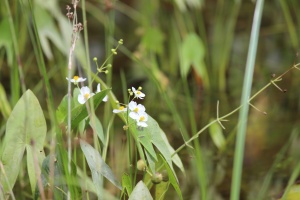
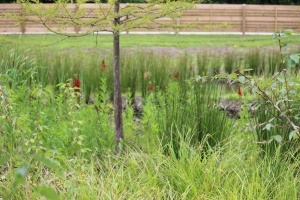
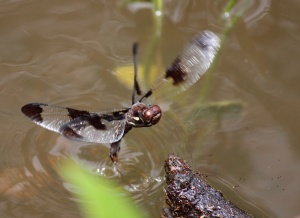






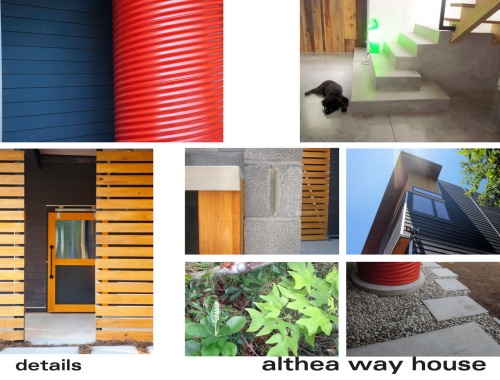

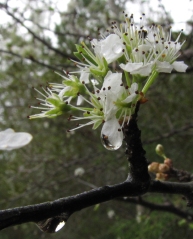

 Congratulations to our client for approvals on a project that has taken a (literally) circuitous route. A former pine plantation relinquishes its symmetry for a campground that follows the contours of its underlying hydrology. This project came to us as a PUD, complete with clubhouse, orthagonal ponds, and uniform lots. B + O and Cavanaugh Solutions were given the freedom to allow the natural and cultural history of the site to inform a new low-impact development option that minimizes site disturbance and restores vestiges of a cross-site wetland. The timing was not good for this sort of development, however, and the site was again re-imagined (to B+O delight) as an even-lower impact campground!
Congratulations to our client for approvals on a project that has taken a (literally) circuitous route. A former pine plantation relinquishes its symmetry for a campground that follows the contours of its underlying hydrology. This project came to us as a PUD, complete with clubhouse, orthagonal ponds, and uniform lots. B + O and Cavanaugh Solutions were given the freedom to allow the natural and cultural history of the site to inform a new low-impact development option that minimizes site disturbance and restores vestiges of a cross-site wetland. The timing was not good for this sort of development, however, and the site was again re-imagined (to B+O delight) as an even-lower impact campground! Trails, trees, wildlife, naval stores history, and an enthusiastic client. AND an enthusiastic engineer. We feel so fortunate to participate in projects like this!!
Trails, trees, wildlife, naval stores history, and an enthusiastic client. AND an enthusiastic engineer. We feel so fortunate to participate in projects like this!!
















